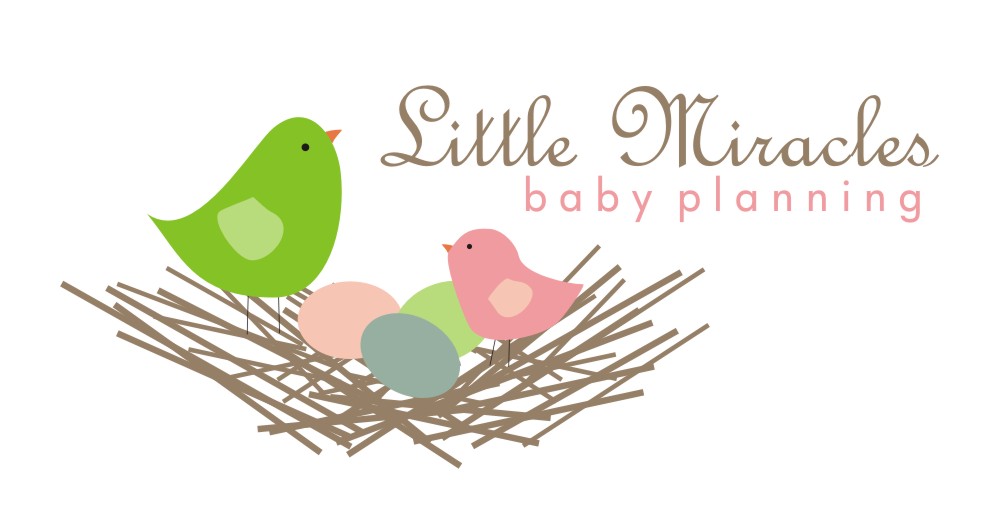
From the moment your child wakes in the morning he is slowly using up the benefits of the previous night’s sleep. He wakes up totally refreshed, but as the hours pass, little by little, the benefits of his sleep time are used up, and an urge to return to sleep begins to build. When we catch a child at in-between stages and provide naps, we build up his reservoir of sleep-related benefits, allowing him a “fresh start” after each sleep period.
As shown on the sleep chart below, as children age, the length of time that they can stay “happily awake” increases. A newborn can only be awake one or two hours before tiredness sets in, whereas a two year old can last five to seven hours before craving some down time for a nap. When children are pushed beyond their biological awake time span without a break that’s when they become fatigued, fussy and unhappy.
| Age | “Happily Awake” span of time between naps |
| Newborn | 1 – 2 hours |
| 6 month old | 2 – 3 hours |
| 12 month old | 3 – 4 hours |
| 18 month old | 4 – 6 hours |
| 2 year old | 5 – 7 hours |
| 3 year old | 6 – 8 hours |
| 4 year old | 6 – 12 hours |
As a child progresses through his day, his biology demands a sleep break to regroup, refresh and repair. If a child does not get this break the problem intensifies: the rumblings and tremors become an outright explosion. Without a nap break, the homeostatic pressure continues building until the end of the day, growing in intensity – like a volcano – so that a child becomes overtired, wired and unable to stop the explosion. The result is an intense bedtime battle with a cranky, overtired child, or an infant who won’t fall asleep no matter how tired you know he is.
Even more, a child who misses naps day after day builds a sleep deprivation that launches her into the volcano stage much easier and quicker. If she is missing naps and also lacking the right quality or quantity of nighttime sleep…watch out!
Newborns and young babies have a much shorter span in which their sleep pressure builds. They rapidly reach the peak of their volcano in one to three hours. This is why newborns sleep throughout the day, and why young babies require two or three or four daily naps. Over time, as a baby’s sleep cycle matures he will be able to go longer periods between sleeps. It is not until age 4 or 5 that a child is able to go happily through the entire day without a nap, and sleep research suggests that even through adulthood a mid-day nap or rest break is extremely beneficial in reducing the pressure in all human beings.
The Volcano Effect is not something reserved only for children! This biological process affects adults as well. Understanding this can help you interpret what is really going on in your home at the end of a long day, when children are fussy and parents are grumpy – resulting in a whole mountain range of volcanoes.
Sleep pressure can be exaggerated by environmental issues such as the previous poor night’s sleep, on-going sleep deprivation, or daily stress. What's more, each person’s moodiness feeds off the others, causing contagious crankiness. And then you’ll find yourself losing patience and saying to your child, “I’m sorry, honey. Mommy’s just tired right now.” (This is a very telling explanation we don’t often stop to analyze.)
This Volcano concept brings to light one more important point: Quality naps can make up for lost night sleep – but extra nighttime sleep does not make up for missed naps, due to the homeostatic sleep pressure concept. Therefore, no matter how your child sleeps at night – great sleeper or poor sleeper -- his daily naps are critically important to release the rising sleep pressure.
~~~~~
From The No-Cry Nap Solution: Guaranteed Gentle Ways to Solve All Your Naptime Problems (Pantley)by Elizabeth Pantley (McGraw-Hill, January 2009). Here is the link for information and more excerpts: http://www.pantley.com/elizabeth/

.png)




No comments:
Post a Comment